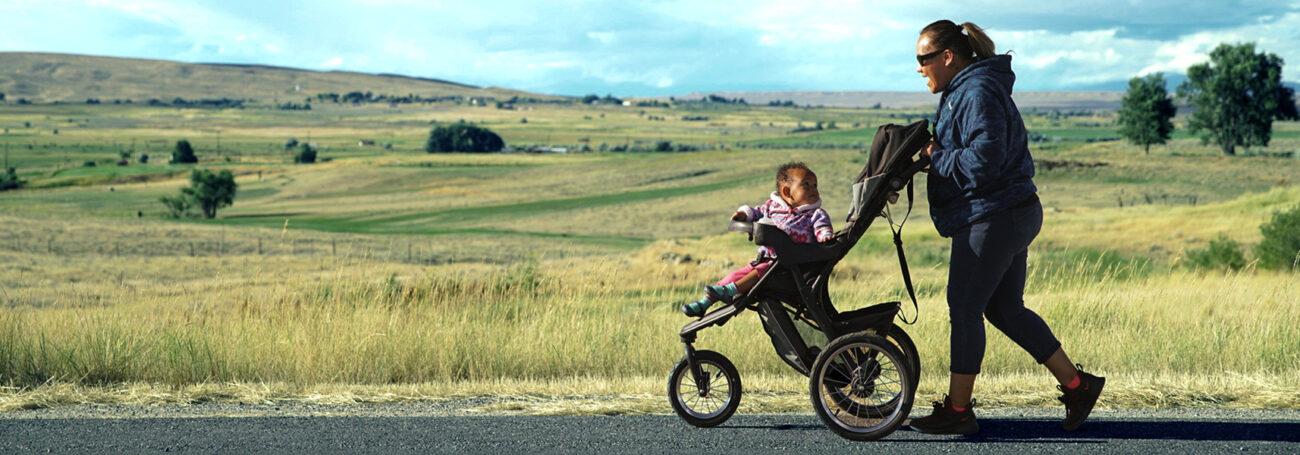Michigan
Models implemented in Michigan included Early Head Start Home-Based Option, Family Spirit, Healthy Families America, Maternal Infant Health Program, Nurse-Family Partnership, Parents as Teachers, and Play and Learning Strategies. Statewide, 205 local agencies operated at least one of these models.
Race
2% American Indian Alaska Native
2% Asian
37% Black
<1% Native Hawaiian Pacific Islander
52% White
4% Multiple
4% Another race
Ethnicity
11% Hispanic or Latino
Caregiver Education
21% No high school diploma
Child Age
53% <1 year
39% 1-2 years
8% 3-5 years
Child Insurance Status
98% Public
1% Private
<1% None
Primary Language
93% English
4% Spanish
3% Another language
Potential Beneficiaries
In Michigan, there were 499,400 pregnant women and families with children under 6 years old not yet in kindergarten who could benefit from home visiting. These families included 646,400 children.
646,400 children could benefit from home visiting
Of the 646,400 children who could benefit —
499,400 families could benefit from home visiting
Many home visiting services are geared toward particular subpopulations. The NHVRC estimated the percentage of families who could benefit in Michigan who met the following priority criteria:
- Child <1 20%
- Single mother 25%
- Parent with no high school diploma 5%
- Pregnant woman or mother <21 2%
- Low income 16%
Of the 499,400 families who could benefit —
47% of families met one or more priority criteria
15% of families met two or more priority criteria
